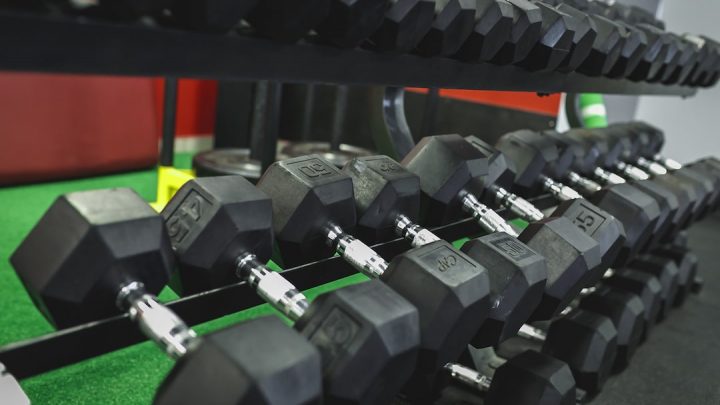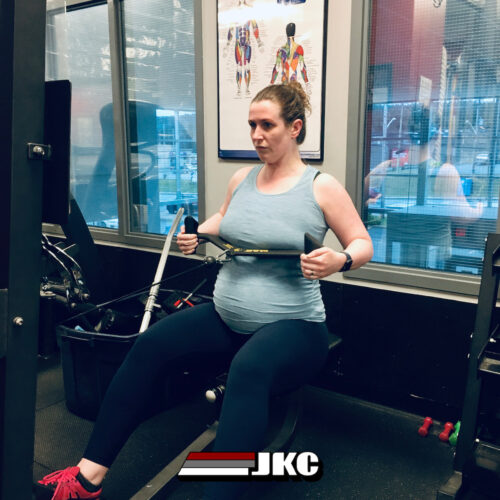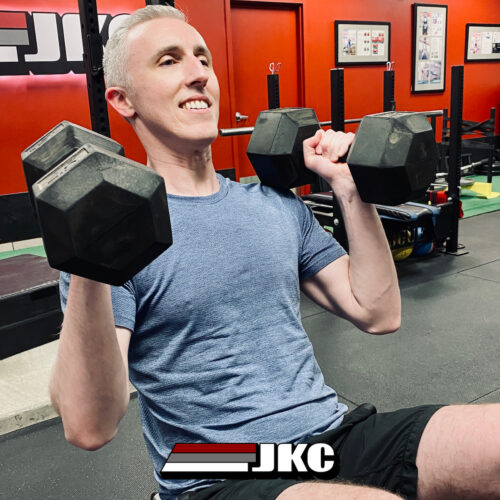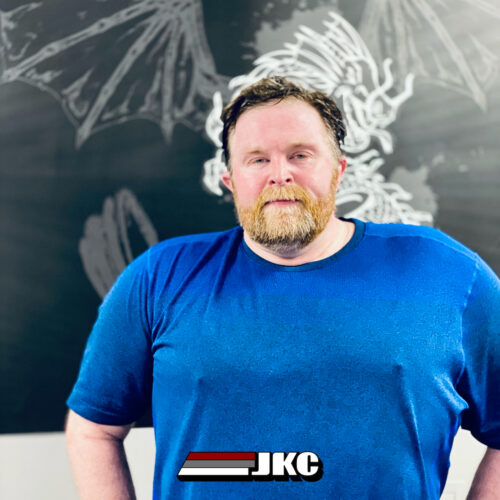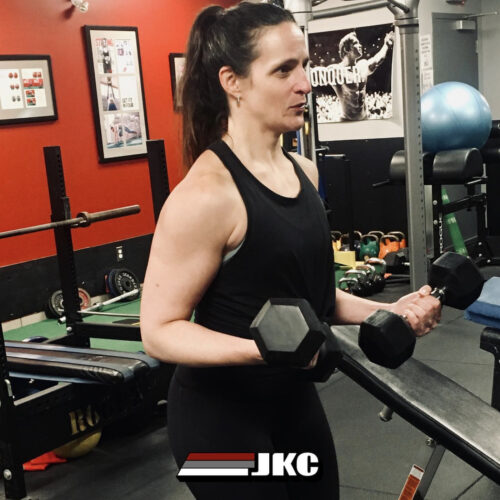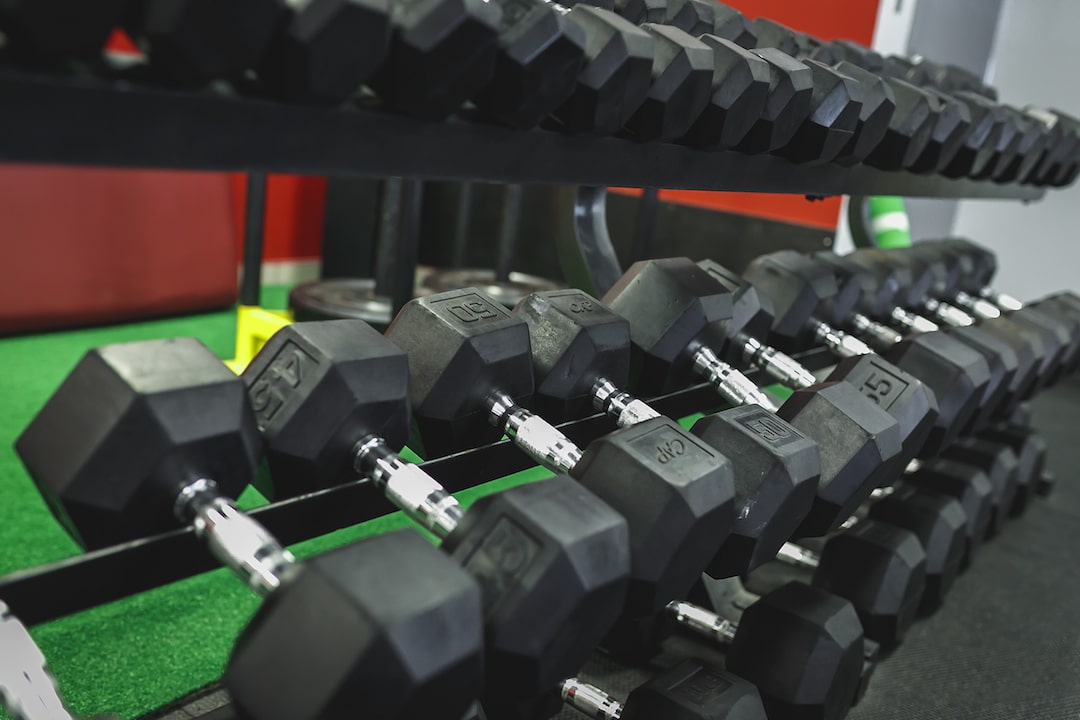
Think about all you know about gaining muscular strength and size. Perhaps you envision hoisting massive weights mightily overhead as you grunt like Atlas holding the heavens upon his back. Well maybe not quite that extreme but you probably assume that at some point in your pursuit of a Herculean physique it will be necessary to lift enormous weights. However, a new study by Morton el al. (2016) appears to challenge this idea. For their study, Morton et al. (2016) examined muscular strength and size gains in those who followed traditional, heavy weight, lower repetition training programs and those who followed lighter weight, higher repetition programs. After twelve weeks of training, the results were astounding, there were no significant differences in the gains made by either group!
“But what about the massive weights!?” you may ask, “Don’t I have to lift big weights to get big!?”. Slow down and prepare to have your mind blown, the answer to that question, interestingly, is yes and no.
Muscle building is a complex series of processes whose exact details are beyond the scope of this post. To simplify it however, muscle building requires inducing microtrauma in the muscle fibres which stimulates the release of human growth hormone (HGH) and testosterone. Microtrauma can be thought of as small tears in the muscle fibre which you may have heard some people refer to. HGH and testosterone are “anabolic” hormones. You may have previously heard the term anabolic with reference to anabolic steroids. In exercise physiology however, anabolic or anabolism simply refers to building up of cells. Muscle hypertrophy, an increase in muscle cell size, is an anabolic process, the building up of muscle cells. Essentially, HGH and testosterone assist in the building up of muscle cells by aiding in the repairing of the exercise induced microtrauma. Several factors influence the release of these hormones including volume, intensity of the exercise, and size of the muscles being exercised.
In the fitness world, volume refers to the total weight lifted during an exercise. Let’s start with a light weight example: if I curl 45 pounds for 3 sets of 20 repetitions, my total volume is 45 x 3 x 20 = 2700 pounds. Now a heavy weight example: If I curl 135 pounds for 4 sets of 5 repetitions, my total volume is 135 x 4 x 5 = 2700 pounds, the same as the light weight example. Intensity refers to the effort which the exercise requires. In the Morton et al. (2016) article, the authors note that every exercise was taken to failure, that is, the participants could not perform another repetition of a particular exercise. This is very important as taking each set to failure means the intensity of the exercise was very high. The authors note that a perceived level of difficulty of 8 out of 10 or greater is necessary to elicit results.
Finally, the size of the target muscle group is important. A larger muscle will have more tears due to its larger overall area. In their paper, Morton el al. (2016) noted that exercises that were performed included: leg presses, leg extensions and hamstring curls. These exercises specifically target the quadriceps (front on the thigh), hamstrings (back of the thigh) and glutes (bum) which are some of the largest muscle groups in the human body.
Knowing now that testosterone and growth hormone are key muscle building hormones, and that their release is dependent on the volume and intensity of the exercise and the size of the target muscle groups, it should not be surprising that the authors of this study found no significant difference between the light weight and heavy weight groups as the intensity and volume for both groups was high and the muscles which were targeted were very large.
While the study conducted by Morton el al. (2016) was scientifically sound, the way in which the results were portrayed in the media were of issue. In the Globe and Mail, this story carried the headline “Lifting lighter weights can be just as effective as heavy ones: Study” and the first paragraph of this story read as follows:
“Upending conventions about how best to strength train, a new study finds that people who lift relatively light weights can build just as much strength and muscle size as those who grunt through sessions using much heftier weights – if they plan their workouts correctly.”
The story implies that lifting lighter weights is easier as you do not need to “grunt through sessions” in order to gain muscular strength and size. This is not what Morton el al. (2016) found. They found that while the weights were lighter, the necessary intensity to stimulate muscle growth was just as high! This means increasing the number of repetitions which were performed with the lighter weights. Don’t think that this research means you can start curling with the 1 pound weights and turn yourself into an Arnold Schwarzenegger overnight. High repetition sets taken to failure are exhausting. Ask yourself this question: would you rather do 5 or 25 reps of split squats? Chances are you would opt for the 5 repetition option, I know I would!
The Bottom Line: If you want to maximize your strength and muscle size development potential and all you have access to is lighter weights (think using a hotel gym or even a home gym with minimal weights), you need to perform as many reps as it takes to bump up the intensity required to illicit these adaptations. If your body prefers lifting lighter weights because it’s easier on your joints, this requirement of performing higher reps to failure is also necessary.
Prepared for JKC by Coach Thomas
Photo credit: JP Mullowney Photography
